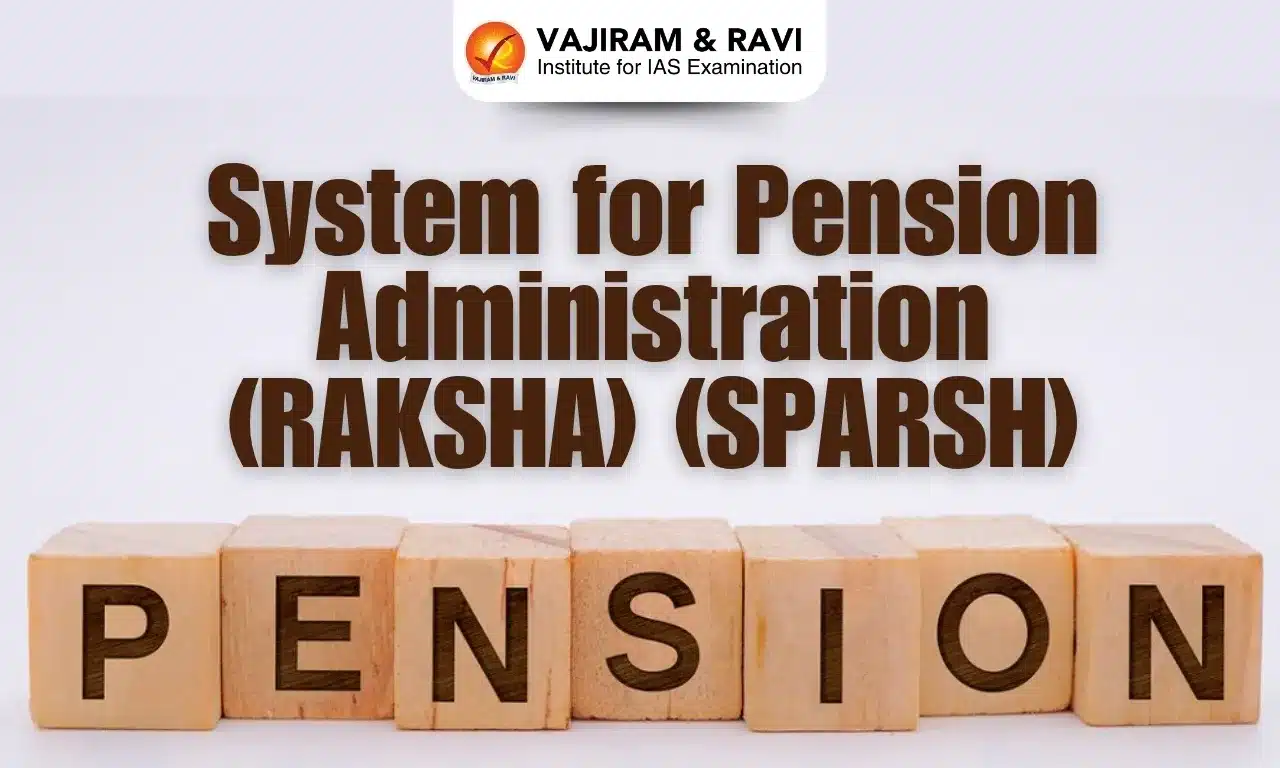About General Provident Fund (GPF):
- It is a savings scheme introduced in 1960 that is available only for government employees in India.
- The primary objective of GPF is to provide a dependable source of income after retirement to government employees.
- With a GPF account, all the government employees can contribute a certain percentage of their salary to the GPF.
- Unlike the Employees Provident Fund (EPF), the contributions toward the GPF are made only by the employee.
- The total amount that is accumulated throughout the employment term is paid to the employee at the time of retirement.
- As per the GPF rules, the following are eligible to subscribe to a GPF account:
- All temporary government servants who have given their service for continuously one year.
- All re-employed pensioners (except those eligible for admission to the contributory provident fund).
- All permanent government servants.
- Contribution:
- It is a mandatory scheme for government employees, requiring them to contribute a certain percentage of their salary towards the fund.
- The contributions are deducted from the employee’s monthly salary, and the amount earns interest at a predetermined rate.
- The amount for GPF subscription is fixed by the subscriber only. The minimum contribution is 6%of the salary, while the maximum can go up to 100%.
- Withdrawal:
- Employees can withdraw their savings from the fund upon retirement or resignation from service.
- A GPF is flexible, allowing employees to withdraw money from the fund for various reasons, such as marriage, education, and medical emergencies.
- Employees can also take out loans against their GPF account, subject to certain conditions.
- Employees who transfer to another government department or leave their job can withdraw their GPF balance or transfer it to their new employer.
- The GPF sum will be paid to their nominee if the employee passes away.
- Interest rates on GPF are revised periodically according to the government’s issued notifications.
- The GPF scheme is administered by the Department of Pension and Pensioners’ Welfare, falling under the Ministry of Personnel, Public Grievances and Pensions.
- This scheme offers several benefits to government employees, including tax savings, low-risk investments, and guaranteed returns.
Q1: What is the Employee Pension Scheme (EPS)?
The scheme makes provisions for employees working in the organized sector for a pension after their retirement at the age of 58 years. The benefits of the scheme can be availed only if the employee has provided a service for at least 10 years. Under Employees’ Provident Funds Scheme(EPF), both the employer and employee contribute 12% each of the employee’s pay towards Employees Provident Fund (EPF). While the employee’s entire share is contributed towards EPF, 8.33% of the employer’s share goes towards the Employees’ Pension Scheme (EPS) and 3.67% goes towards EPF contribution every month.
Last updated on July, 2025
→ UPSC Notification 2025 was released on 22nd January 2025.
→ UPSC Prelims Result 2025 is out now for the CSE held on 25 May 2025.
→ UPSC Prelims Question Paper 2025 and Unofficial Prelims Answer Key 2025 are available now.
→ UPSC Calendar 2026 is released on 15th May, 2025.
→ The UPSC Vacancy 2025 were released 1129, out of which 979 were for UPSC CSE and remaining 150 are for UPSC IFoS.
→ UPSC Mains 2025 will be conducted on 22nd August 2025.
→ UPSC Prelims 2026 will be conducted on 24th May, 2026 & UPSC Mains 2026 will be conducted on 21st August 2026.
→ The UPSC Selection Process is of 3 stages-Prelims, Mains and Interview.
→ UPSC Result 2024 is released with latest UPSC Marksheet 2024. Check Now!
→ UPSC Toppers List 2024 is released now. Shakti Dubey is UPSC AIR 1 2024 Topper.
→ Also check Best IAS Coaching in Delhi















